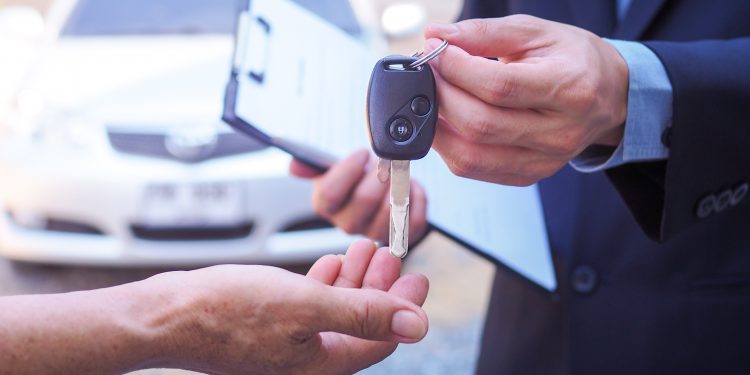Almost everyone can speak to the difficulties associated with buying a car – from working with the dealership to being approved for a loan, the process is often marred with issues. Over the past few years, digital payment solutions have become popular with auto dealers and lenders as a means to make the car payment experience smoother and more convenient. With the adoption of digital payments becoming more mainstream, the automotive industry is embracing new technologies to make payments easier for both merchants and the consumers looking to purchase a vehicle or maintain their recurring loan repayments.
The pandemic’s impact on the auto industry
At the beginning of the COVID-19 pandemic, seemingly all normal activity changed, with one of the biggest shifts being the inability to leave the house. This led to increased activity for delivery services and ecommerce business. As people around the world remained locked down in their homes, many began to question how it would impact the automotive industry, wondering what would happen if they would need to purchase or lease a car. The automotive industry had always been slow to transform and adopt new technologies, but due to the COVID-19 pandemic, needed to make the necessary changes to accept digital payments and transform to online business.
A recent report from PWC noted how the pandemic forced the automotive industry to make investments that would increase their ROI, as they were unable to meet customers through their standard channels. While payments infrastructure was one of the first updates made by dealerships and lenders across the industry, many also invested in embedding emerging technologies like artificial intelligence into their website, showcasing an understanding that the car-buying process has fundamentally changed for the future.
Digital payments help manage recurring payments
An Experian report found that consumer auto loans hit an all-time high, reaching $1.37 trillion. Due to this record amount, many auto dealerships and lenders have begun automating their loan repayment services, allowing customers to conveniently make payments at times that work best for them, using their preferred payment method. Since consumers are able to pay for their housing, groceries, and other expenses on their phones or online, it only makes sense for auto dealerships to offer customers the ability to pay using those channels.
Like with all other industries where online commerce was a regular activity, the auto industry has found that when customers can make payments in the way that works best for them and has a support team to help them through the process, the payments are made more regularly.
Simplified payments make dealers’ jobs easier
Through the adoption of digital payment methods, many auto dealerships have noted how much easier it is for them to reconcile their payments. While the pandemic impacted the car-buying process as a whole, it also shed a light onto the inefficiencies that many business segments were dealing with by working with antiquated practices like manual paper invoicing and check writing. Through the introduction of digital platforms to handle a payments stack, the automation of invoices has helped businesses focus on other aspects of the company – like customer care – and stop wasting resources on tracking down late or missed payments.
Digital payments have also made it easier for companies to identify their successes and opportunities for improvement due to better data analytics. With digital payment processing, merchants can monitor their sources of revenue and where they can better invest in their business, creating a better understanding of what the business needs in the long-term. More robust data analytics are better for the bottom line – helping equip companies across the industry with the tools they need to make the correct decisions for the business’ future.











